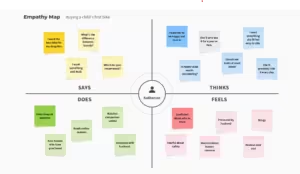Explore the top 10 essential UX books for aspiring designers in 2024. Learn key principles, techniques, and strategies to elevate your design skills and advance your career.
Selection Criteria
When curating the best UX books for aspiring designers in 2024, it’s essential to ensure that the content is both informative and relevant. Here are key factors to consider when compiling this list:
- Timeliness: The books should tackle current issues and present innovative solutions for modern UX design challenges.
- Expertise: Choose works authored by industry professionals or recognized experts, ensuring the insights are credible and valuable.
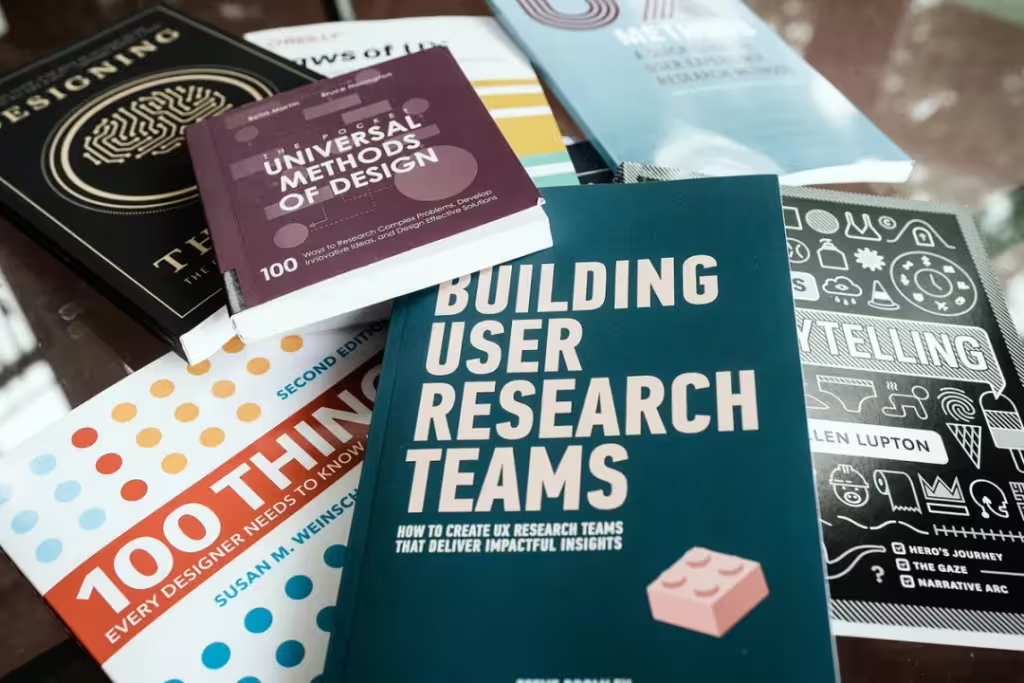
1. Don’t Make Me Think by Steve Krug
Overview: This essential book on web usability highlights the importance of creating designs that are easy to understand, requiring minimal cognitive effort from users. Krug advocates for a user-centric approach, encouraging designers to consider how users will interact with their designs and to apply insights from human behavior to improve usability.
He provides practical solutions, such as conducting usability tests alongside regular navigation assessments, to enhance design efficiency and user experience.
Key Takeaways: Effective feedback and user testing inform design decisions, leading to navigation systems that facilitate seamless user journeys. These foundational principles are crucial for any web design.
Relevance for 2024: In a constantly evolving digital landscape, Krug’s insights remain vital for maintaining usability and aligning designs with users’ needs in websites and applications.
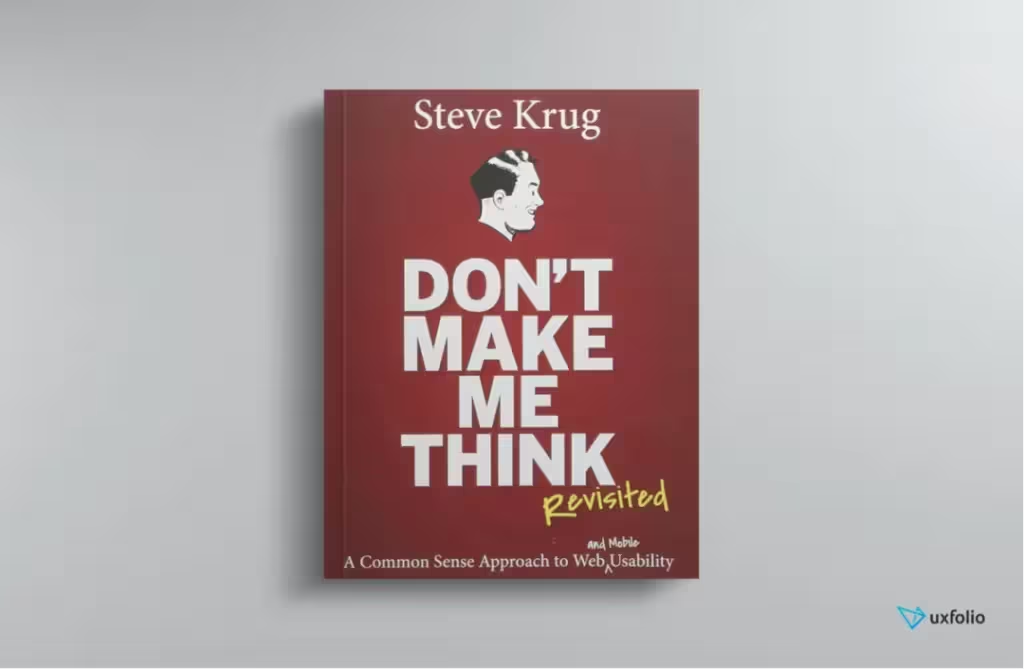
2. The Design of Everyday Things by Don Norman
Overview: While some may critique its linear approach, Norman’s acclaimed book focuses on design psychology, outlining the interaction between users and both tangible objects and intangible interfaces. He advocates for aesthetically pleasing designs that prioritize user functionality, emphasizing the importance of understanding users’ mental processes.
Norman highlights the need for effective feedback in design, underscoring how it enhances the user experience.
Key Takeaways: Prioritize usability as a core design principle, recognize the importance of providing feedback, and aim for designs that are both visually appealing and functional.
Relevance for 2024: As smart devices and interfaces become increasingly prevalent, understanding user interactions with everyday technology will be more critical than ever.
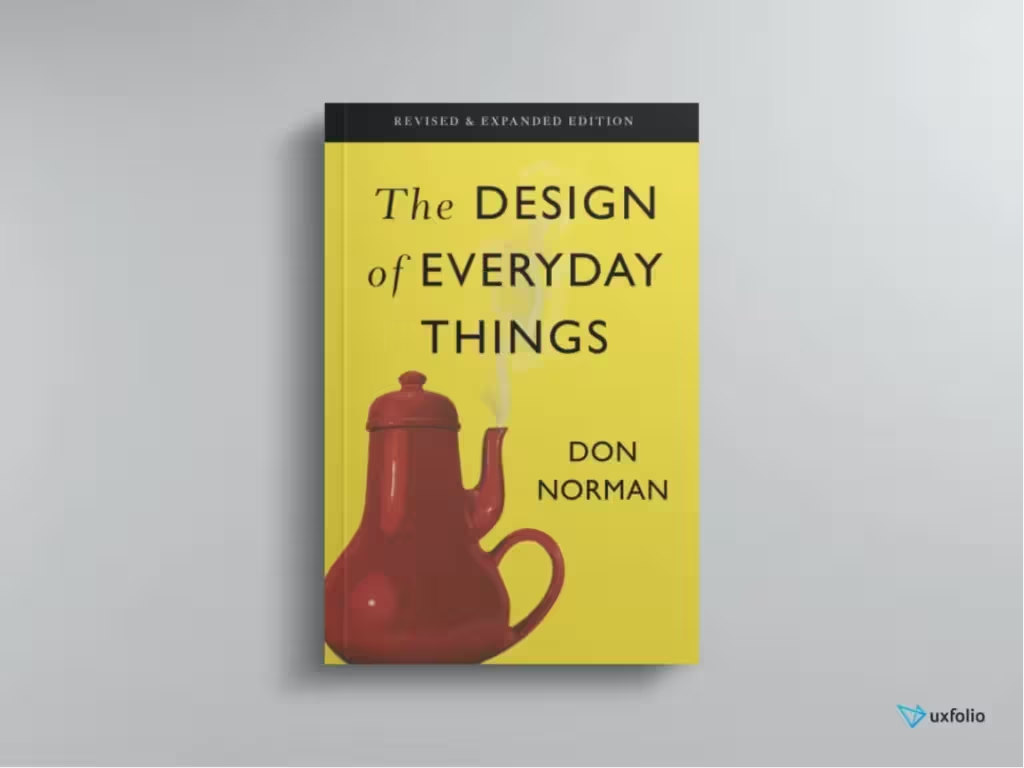
3. Designing Interfaces by Jenifer Tidwell
Overview: This comprehensive guide serves as an operational encyclopedia of interaction design patterns, making it invaluable for those involved in software or web interface design. Tidwell provides a wealth of patterns aimed at creating user-friendly and effective user interfaces for modern platforms.
Her collection addresses common usability challenges, equipping designers with the tools to make informed design decisions.
Key Takeaways: Utilizing a design pattern toolbox can effectively address common usability issues, enabling designers to better manage the usability of their interfaces.
Relevance for 2024: As new interaction methods, such as voice and gesture control, gain traction, Tidwell’s patterns help designers develop adaptable designs that cater to diverse client needs.
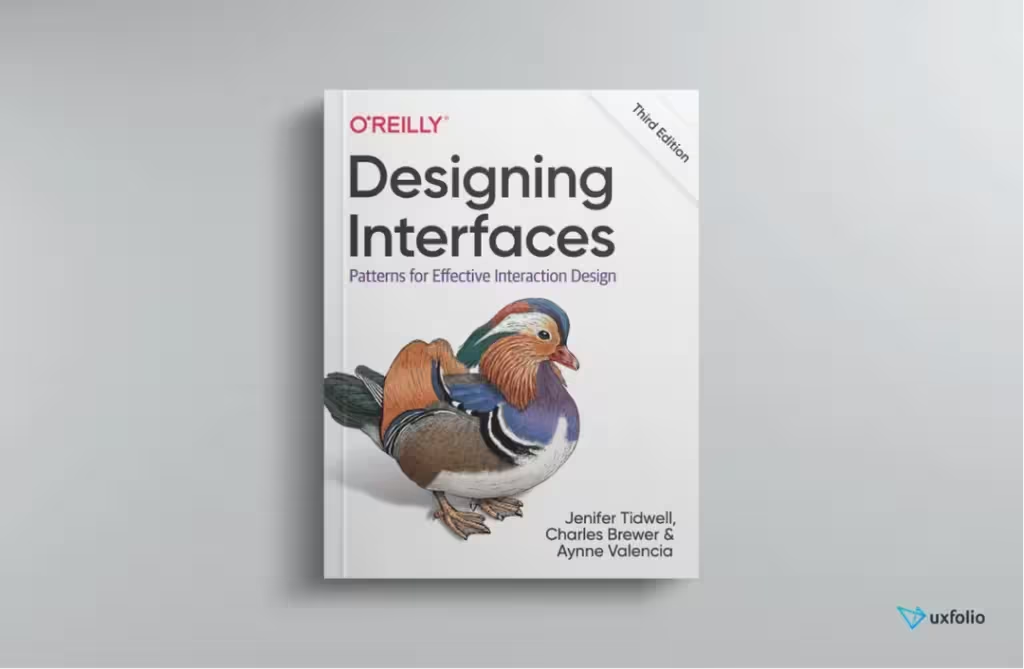
4 Sprint: How to Solve Big Problems and Test New Ideas in Just Five Days by Jake Knapp, John Zeratsky, and Braden Kowitz
Overview: Businesses often adopt a conservative stance, except when radical innovation requires significant organizational shifts to introduce new offerings. This book provides a detailed blueprint for tackling tough challenges and testing new ideas, demonstrating that a focused and unconventional approach to product design and development can lead to effective problem-solving.
The authors, seasoned product designers from Google Ventures, share their insights on how to rapidly collaborate and iterate, fostering a highly productive environment that can transform interaction patterns.
Key Takeaways: Mastering the art of prototyping or testing ideas can accelerate the design process, reduce the risk of failure, and enhance collaboration among team members, leading to improved outcomes in product development.
Relevance for 2024: In today’s fast-paced business landscape and competitive climate, rapidly refining concepts and delivering results-oriented ideas is essential for effective user experience and product design.
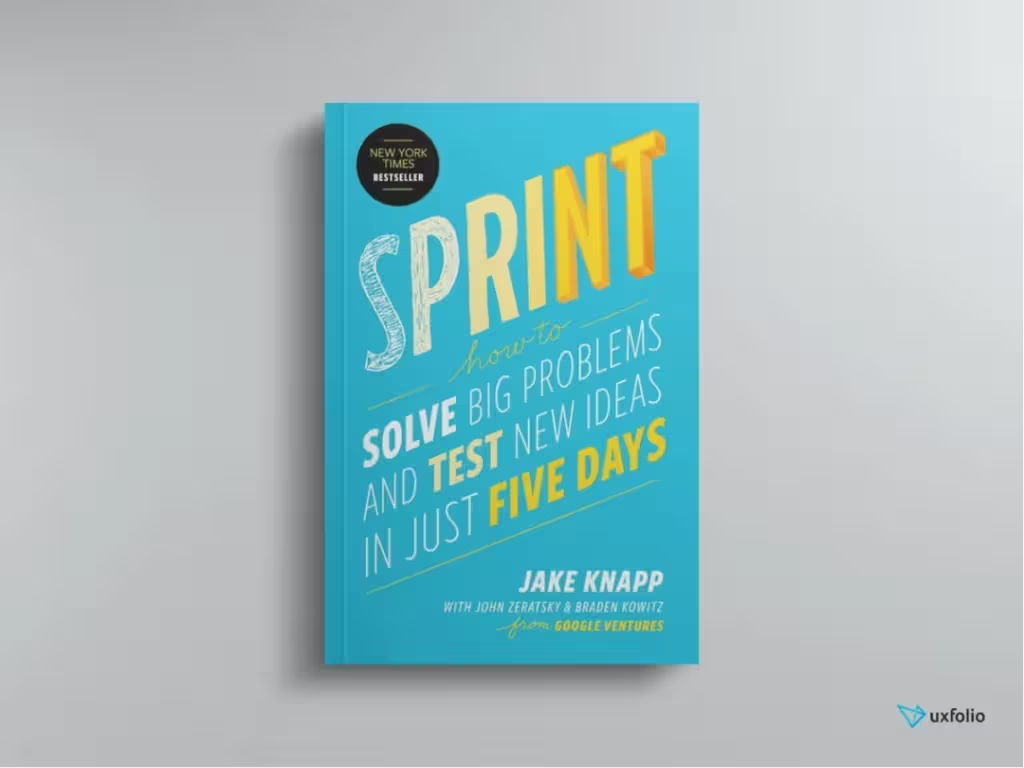
5. The Elements of User Experience” by Jesse James Garrett
Overview: Garrett introduces a comprehensive model that connects strategy with design, outlining media and delivery systems while detailing the user experience—covering “Everything Except the User Interface.” This framework enables designers to understand the various elements involved in the user experience design process, including user interface design, ensuring consistency with the objectives at each phase.
Key Takeaways: By exploring each component—strategy, structure, skeleton, and surface—designers can create a robust and user-friendly experience that effectively meets user needs.
Relevance for 2024: As digital experiences continue to evolve, especially in the realm of diverse television viewing, this framework helps designers maintain coherence and consistency across all user interactions.

6. 100 Things Every Designer Needs to Know About People by Susan Weinschenk
Overview: This insightful book distills decades of psychological research into actionable concepts and principles that can enhance the design process by deepening understanding of user behavior and thought processes. It explores the impact of cognitive biases, perception, memory, and motivation on how users interact with products and interfaces, enabling designers to better comprehend their audience’s mindset.
Key Takeaways: Factors such as memory, attention, and motivation are crucial in determining the success of a designer’s projects. By considering these human elements, designers can create enjoyable experiences that effectively achieve their goals.
Relevance for 2024: As technology becomes increasingly integrated into daily life, applying psychological principles in design remains essential for crafting engaging and user-friendly solutions that resonate with target audiences.
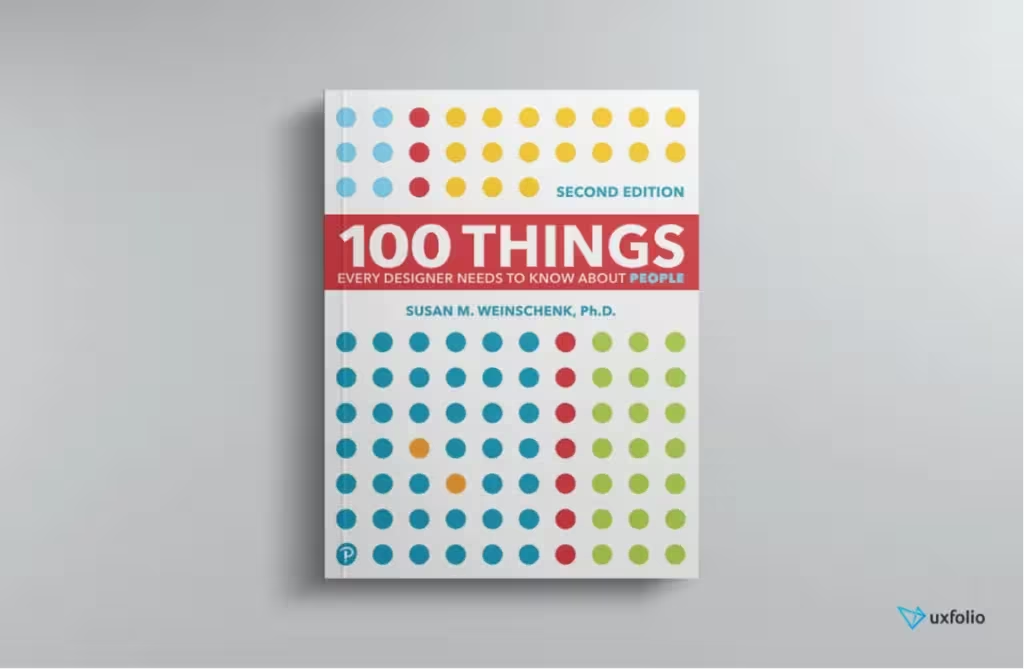
7. A Project Guide to UX Design by Carolyn Chandler and Russell Wilinski
Overview: This book guides readers through the entire UX design process, starting from initial user research to the final project delivery. It’s an essential resource for UX designers looking to improve their skills and collaborative techniques.
The authors emphasize practical strategies for effectively managing design projects while keeping user needs at the forefront. Additionally, there are sections dedicated to enhancing teamwork and communication.
Key Takeaways: A systematic approach to UX design boosts project success and fosters collaboration among team members. The book also underscores the importance of empathy and user-centric thinking in the design process.
Relevance for 2024: As UX design increasingly integrates into broader business operations, project management emerges as a crucial skill for aspiring designers to successfully balance business objectives with user needs.
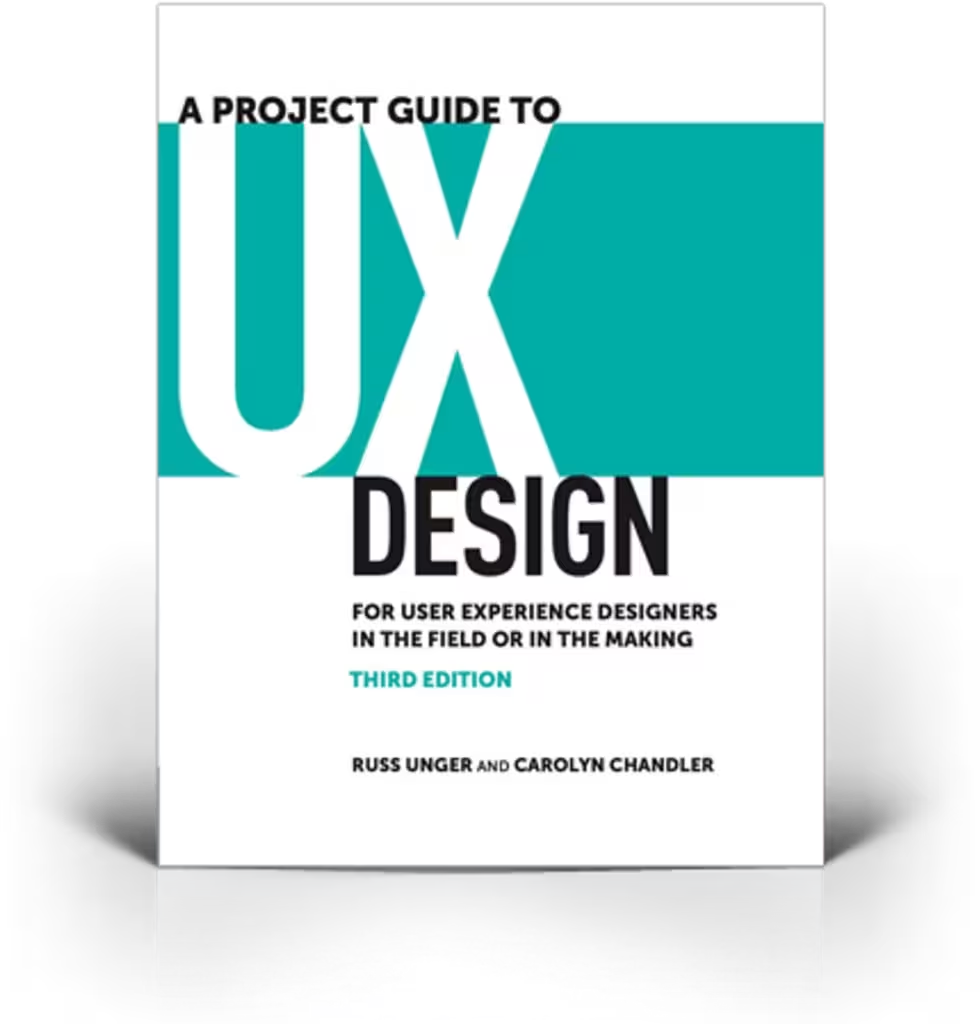
8. Lean UX: Designing Great Products with Agile Teams by Jeff Gothelf and Josh Seiden
Overview: “Lean UX” explores how Lean methodologies can be applied to the UX design process, emphasizing rapid prototyping, iterative design, and ongoing user engagement within agile teams. This approach enables design teams to test concepts early and adapt quickly to changes.
Key Takeaways: Effective, agile strategies for enhancing user experiences rely on the team’s ability to collaborate and remain flexible. Lean UX fosters a culture of understanding and learning through the active participation of all team members.
Relevance for 2024: As more organizations adopt agile frameworks to boost innovation and responsiveness, Lean UX principles will be pivotal in shaping the practices and mindsets of UX designers working in these dynamic environments.

9. About Face: The Essentials of Interaction Design by Alan Cooper
Overview: The authors offer valuable guidelines for developing technology and interactions, emphasizing that future design should prioritize user goals over mere technological capabilities.
Key Takeaways: The book highlights the importance of centering user needs and goals in the design process, outlining essential principles that every designer should follow to create intuitive and user-friendly interfaces.
Relevance for 2024: As digital technology continues to evolve rapidly, it is increasingly important for designers to return to the foundational principles of interaction design to ensure they do not lose sight of the user experience.
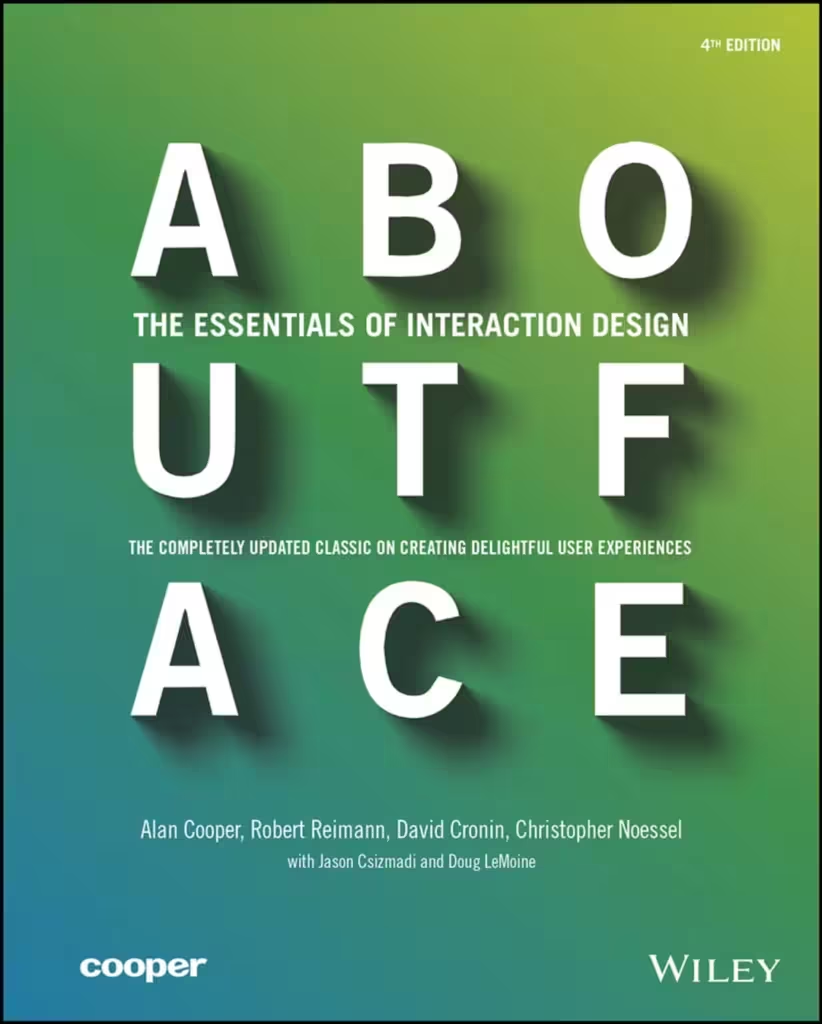
10. Designing for Interaction: Creating Smart Applications and Clever Devices by Jenny Preece, Yvonne Rogers, and Helen Sharp
Overview: This book delves into the synergy between design and technology, focusing on creating interactive systems that are both effective and user-friendly. It examines various design methodologies and theories, providing a solid framework for professionals in the digital asset creation industry.
By blending practical application with theoretical insights, the book serves as a valuable resource for enhancing user experiences.
Key Takeaways: Successful user engagement is crucial in application design, helping to create products that align with users’ expectations. The authors emphasize the importance of evolutionary design and involving end users at every stage of the design process.
Relevance for 2024: As interaction design principles rapidly evolve alongside advancing technology, designers must embrace these skills to meet current user demands and anticipate future trends in user behavior and technology.

Conclusion
In the ever-evolving realm of UX design, the significance of continuous learning cannot be overstated. As technology progresses and user expectations change, staying updated on the latest trends, methodologies, and best practices is crucial for professional development.
By exploring a range of resources, including the recommended books, designers can deepen their knowledge and enhance their skills and adaptability.
Cultivating a mindset of curiosity and exploration is essential—read widely, experiment with new ideas, and seek diverse perspectives. Embrace the journey of learning beyond this list; doing so will empower you to navigate the dynamic challenges of the design world with confidence and creativity.



